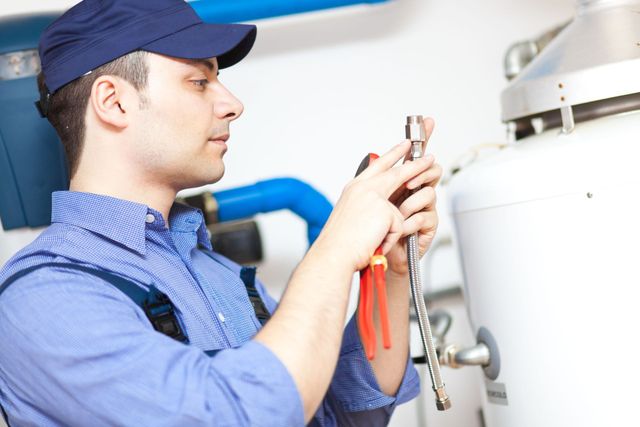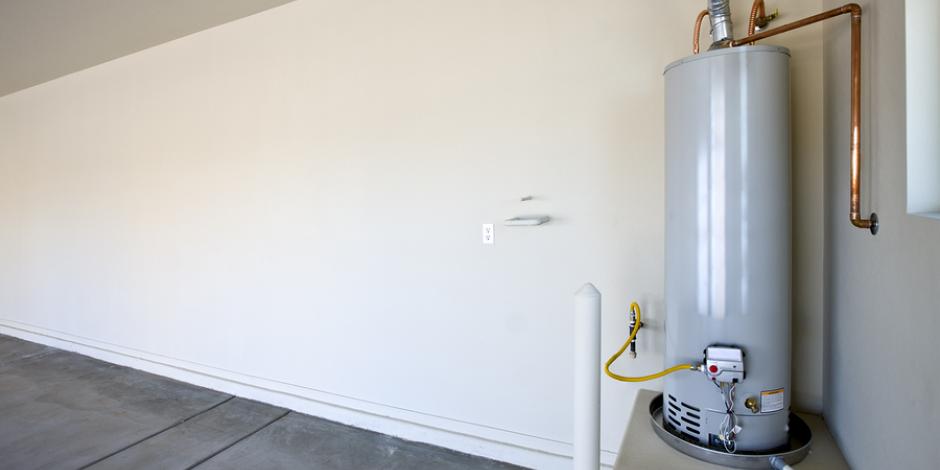How to Keep Your Home's Hot Water System Functioning Well
How to Keep Your Home's Hot Water System Functioning Well
Blog Article
The publisher is making a number of good pointers about Water Heater Maintenance Tips You Can't Afford to Forget in general in this content which follows.

Warm water is necessary for daily convenience, whether it's for a rejuvenating shower or cleaning meals. To ensure your warm water system runs effectively and lasts much longer, normal maintenance is crucial. This article supplies functional tips and understandings on how to preserve your home's warm water system to prevent disturbances and costly fixings.
Introduction
Preserving your home's warm water system might appear daunting, however with a couple of easy actions, you can guarantee it runs smoothly for many years ahead. This guide covers every little thing from recognizing your warm water system to do it yourself maintenance suggestions and recognizing when to call in expert aid.
Importance of Preserving Your Hot Water System
Routine upkeep not just extends the lifespan of your warm water system yet additionally guarantees it operates efficiently. Overlooking maintenance can cause lowered efficiency, higher energy bills, and even premature failure of the system.
Signs Your Warm Water System Demands Upkeep
Recognizing when your warm water system requires focus can protect against significant issues. Look out for signs such as inconsistent water temperature, unusual noises from the heater, or rusty water.
Flushing the Water Heater
Flushing your water heater removes sediment build-up, boosting performance and prolonging its life.
Monitoring and Changing Anode Rods
Anode poles stop rust inside the storage tank. Examining and replacing them when worn out is important.
Complicated Issues Requiring Professional Aid
Instances include major leaks, electrical problems, or if your hot water heater is constantly underperforming.
Regular Specialist Upkeep Benefits
Specialist upkeep can include extensive examinations, tune-ups, and making sure compliance with safety and security requirements.
Examining and Adjusting Temperature Level Settings
Adjusting the temperature level settings guarantees optimal efficiency and security.
DIY Tips for Upkeep
You can carry out several upkeep jobs yourself to maintain your hot water system in leading condition.
Looking for Leakages
Routinely examine pipelines and connections for leakages, as these can cause water damage and greater expenses.
Understanding Your Warm Water System
Before diving right into maintenance jobs, it's valuable to understand the fundamental components of your warm water system. Usually, this includes the water heater itself, pipelines, anode rods, and temperature level controls.
Monthly Upkeep Tasks
Regular month-to-month checks can assist capture minor problems prior to they intensify.
Examining Pressure Alleviation Valves
Evaluating the stress relief valve ensures it operates correctly and stops excessive stress buildup.
Protecting Pipes
Protecting warm water pipes minimizes warmth loss and can save energy.
When to Call a Specialist
While do it yourself maintenance is valuable, some issues need specialist knowledge.
Final thought
Normal maintenance of your home's hot water system is necessary for efficiency, durability, and price financial savings. By following these tips and understanding when to look for specialist assistance, you can make certain a dependable supply of hot water without unforeseen interruptions.
How to Maintain an Instant Hot Water Heater
Before tinkering with your hot water heater, make sure that it’s not powered on. You also have to turn off the main circuit breaker and shut off the main gas line to prevent accidents. Also turn off the water valves connected to your unit to prevent water from flowing into and out of the appliance. 2. When you’re done, you have to detach the purge valves’ caps. These look like the letter “T†and are situated on either side of the water valves. Doing so will release any pressure that has accumulated inside the valves while at the same time avoid hot water from shooting out and burning your skin. 3. When the purge valves’ caps are removed, you have to connect your hosing lines to the valves. Your unit should have come with three hoses but if it didn’t, you can purchase these things from any hardware or home repair shops. You can also get them from retail stores that sell water heating systems. Read the user’s manual and follow it to complete this task properly. When the hosing lines are connected, open the purge port’s valves. 4. You should never use harsh chemical cleaners or solutions when cleaning your unit. Make use of white vinegar instead. It should be undiluted and you’ll probably use about 2 gallons. 5. Now flush your water heater. This task should probably take about 40 minutes. We can’t give you specific directions for this because the procedure is carried out depending on the type, model and brand of your heater. With that being said, refer to the user’s manual. 6. When you’re done draining the unit, you have to turn off the purge port valves again. Remove the hosing lines that you earlier installed on each of the water valves. Put the valve caps (purge port) back in their respective places and be very careful so as not to damage the rubber discs that are found inside these caps. 7. Now that everything’s back in place, check your user’s manual again to find out how to reactivate your water heating system. 8. Once it is working, turn one of your hot water faucets on just to let air pass through the heater’s water supply pipes. Leave the tap on until water flows smoothly out of it. https://www.orrplumbing.com/blog/2014/september/how-to-maintain-an-instant-hot-water-heater/

I'm very taken with Tips on Maintaining a Water Heater and I really hope you enjoyed reading our blog post. Sharing is nice. Helping people is fun. Thank-you for taking the time to read it.
Click Here Report this page